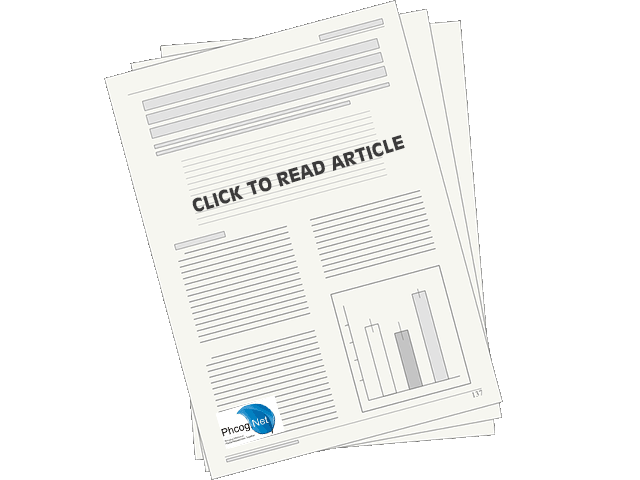Regulation of Membrane Unsaturation as Antioxidant Adaptive Mechanism in Long-lived Animal Species
DOI:
https://doi.org/10.5530/ax.2011.3.2Keywords:
Fatty acid desaturases, Membrane unsaturation, Oxidative damage, Peroxidizability index, Phylogenomic analysis, Reactive carbonyl speciesAbstract
Oxidative stress resulting from biomolecular oxidative damage due to the imbalance between reactive species production and antioxidant response has become an universal constraint of life-history evolution in animals and a modulator of phenotypic development and trade-offs. Redox balance is an important selective pressure faced by most organisms, and a myriad of mechanisms have evolved to regulate and adjust this balance. This diversity of mechanisms means that organisms have a great deal of flexibility in how they deal with reactive species challenges across time, conditions, and tissue types, as well as that different organisms may evolve different strategies for dealing with similar challenges. In the following paragraphs, we review the adaption of biological membranes as structural antioxidant defense against reactive species evolved by animals. In particular, it is our goal to describe the physiological mechanisms underlying the structural adaption of cellular membranes to oxidative stress, to explain the meaning of this adaptive mechanism, and to review the state of the art about the link between membrane composition and longevity of animal species.
Downloads
Metrics





